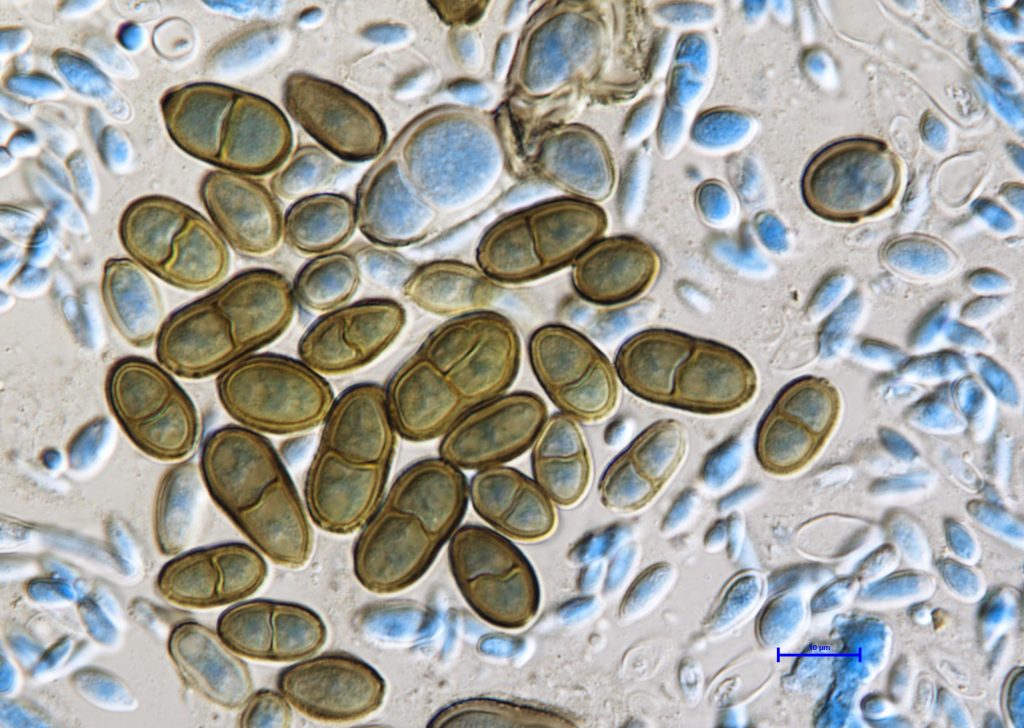
July 26, 2024


Dr. Anna Sandak, InnoRenew CoE research group leader and University of Primorska associate professor, secured a European Research Council (ERC) Consolidator Grant. The new project welcomes ambitious candidates for three new job opportunities supported by the grant to advance scientific excellence in Slovenia.
The awarded ERC project, Bioinspired living skin for architecture (ARCHI-SKIN), will use the €1.99 million ERC funding to develop a protective biofilm made from engineered living materials. The five-year project also provides job opportunities for ambitious candidates who wish to work on innovative topics under the supervision of Dr. Sandak.
InnoRenew CoE and the University of Primorska have three job openings in the ARCHI-SKIN project.
The one available postdoctoral position will implement biomimetic principles for developing Smart Living Surfaces.
Two PhD positions are also available, and the doctoral students will be enrolled at the University of Primorska’s Faculty of Mathematics, Natural Sciences and Information Technologies within the Renewable Materials for Healthy Built Environments study program. One PhD research position will be dedicated to multi-mode microscopy and spectroscopy to explore fungi-surface interactions. The second PhD research position will focus on morphological, functional and social interactions in fungal communities (such as biofilms). The later PhD candidate will also closely collaborate with the Department of Biology at the Biotechnical Faculty of the University of Ljubljana under the supervision of Prof. Nina Gunde-Cimerman. Both PhD candidates will work at InnoRenew CoE in the Wood Modification Group, led by Dr. Anna Sandak.
For detailed information about the available job opportunities and their application deadlines and processes, please visit the InnoRenew CoE webpage.
ARCHI-SKIN explores the design principles underlying fungal biofilm to advance knowledge about the biological system’s chemistry-structure-properties. Mechanisms of biofilm formation, structure, function and performance are studied. In the project’s framework, researchers use cutting-edge life cell imaging, data science and machine learning tools. The idea is to develop a bioactive protective coating system that works in harmony with nature and benefits from the synergetic efforts of living fungal cells, bio-based ingredients and bioinspired concepts for materials design.